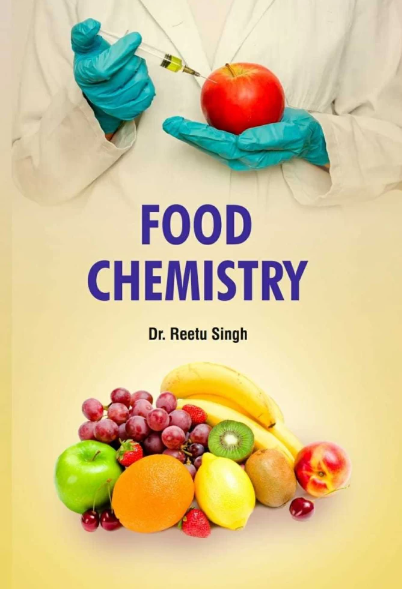Cross-scale assessment of yam waxiness attribute from stress relaxation and fluid mechanics: A distinctive mouthfeel derived from starch matrix
IF 8.5
1区 农林科学
Q1 CHEMISTRY, APPLIED
引用次数: 0
Abstract
Research on evaluating waxiness and its underlying formation mechanisms remains limited. In this study, we established a comprehensive method for assessing yam waxiness by integrating sensory evaluation and instrumental analysis. By deconstructing waxiness evaluation into chewing and swallowing phases, stress relaxation and rheological tests were employed to characterize these stages. Key parameters, including equilibrium modulus (E0), viscosity coefficient (η1), consistency coefficient (K*), and loss modulus (G′′), were systematically utilized to accurately assess yam waxiness. Our investigation into the formation mechanisms of waxiness revealed that long starch chains (24 < X < 100 and 5000 < X 〈20,000) enhanced structural stability, leading to increased η1 and G′′. These chains were integrated into both crystalline and amorphous regions of starch granules, thereby improving gel stability, elasticity, and viscosity, ultimately, this enhancing yam waxiness. Conversely, short-branched amylopectin reduced waxiness intensity by increasing E0 of the starch gel.

应力松弛和流体力学对山药蜡质属性的跨尺度评价:源自淀粉基质的独特口感
评价蜡质及其形成机制的研究仍然有限。在这项研究中,我们建立了一种综合感官评价和仪器分析的方法来评估山药的蜡度。通过将蜡质评价分解为咀嚼和吞咽阶段,采用应力松弛和流变试验来表征这些阶段。系统地利用平衡模量(E0)、粘度系数(η1)、稠度系数(K*)和损失模量(G ")等关键参数来准确评价山药的蜡质。我们对蜡质形成机制的研究表明,长淀粉链(24 <; X <; 100和5000 <; X < 20,000)增强了结构稳定性,导致η1和G ‘ ’增加。这些链被整合到淀粉颗粒的结晶和非晶区域,从而提高凝胶稳定性、弹性和粘度,最终增强山药的蜡质。相反,短支链淀粉通过增加淀粉凝胶的E0来降低蜡性强度。
本文章由计算机程序翻译,如有差异,请以英文原文为准。
求助全文
约1分钟内获得全文
求助全文
来源期刊

Food Chemistry
工程技术-食品科技
CiteScore
16.30
自引率
10.20%
发文量
3130
审稿时长
122 days
期刊介绍:
Food Chemistry publishes original research papers dealing with the advancement of the chemistry and biochemistry of foods or the analytical methods/ approach used. All papers should focus on the novelty of the research carried out.
 求助内容:
求助内容: 应助结果提醒方式:
应助结果提醒方式:


